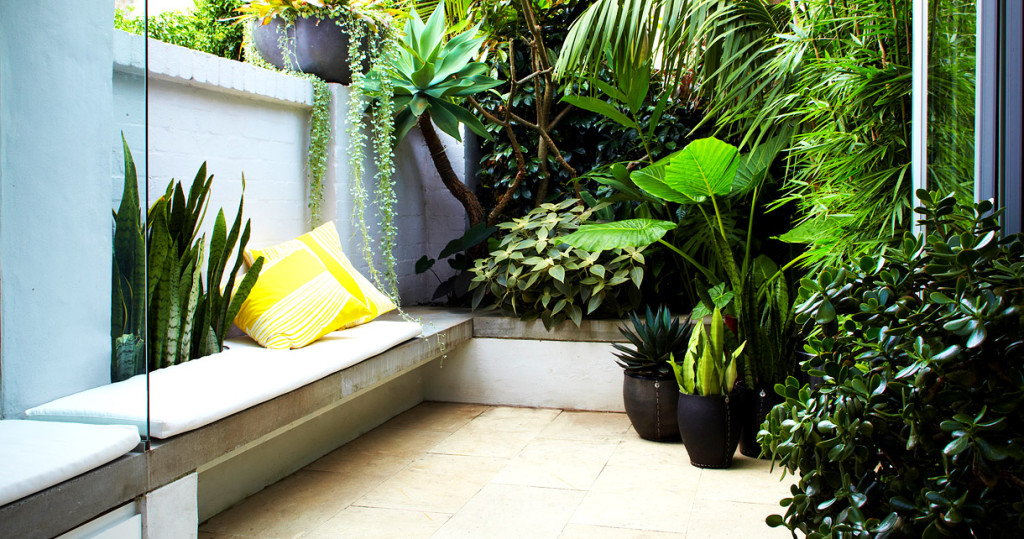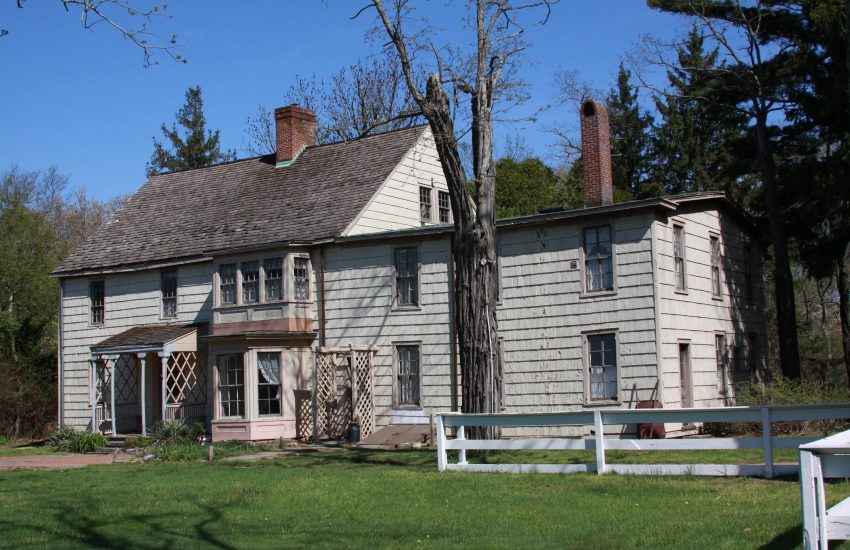Harmony Between An Outdoor Garden and A Contemporary Design
Modern garden designs are all about organization of space and combining artistic look with friendly and welcoming atmosphere. Garden designs have different elements that have to be properly combined in order to achieve perfect harmony. Here some of the most important elements that must be followed.
Form
A garden with no form is simply confusing and arrhythmic. The form of plants, pots and other objects in your garden serve to organize and divide space and provide good architecture and symmetry. If you group plants together you can create various effects, for example round shapes (boxwood, shrubs etc.) add stability and definition. Other things that can help you achieve stability are narrow and repeated verticals, for example grouped cacti instead of one upright awkward cactus. And if you set up a fence you are emphasizing security and completeness.
Lights
Even though you cannot control natural light, you can play with it and create certain effects. By adding shades and objects into your garden you can drastically change the way colors look and their combinations. For example, bright light affects the space the same as warm colors, it makes objects feel closer than they really are.
If you think your garden lacks natural light, you can always spruce it up with low-voltage lighting system and improve enjoyment of evening hours. To highlight some features you can front light a dark area, or backlight a sculpture, tree or a shrub and make some astonishing silhouettes. And side lighting can add dramatic effects and you can use it for safe walking along the paths.

Balance
Visual balance is of extreme importance when it comes to the implementation of contemporary garden design. Elements on each side of imaginary or real axis have to be equal, because eye is easily drawn towards imperfections and uneven organization.
There are two types of balance: symmetrical and asymmetrical. Symmetrical balance is the easiest to understand. All the elements on either side of your imaginary or real axis are mirror images. Trees, shrubs, plants on one side have to reflect objects on the other side of the axis.
However, more people may prefer asymmetrical balance. When it comes to this kind of balance, you just need to reflect the quantity and mass on either side of your axis. For example, a large tree on one side can be balanced by four smaller ones on the other. The same you can do with colors, and balance hot and cold colors in your garden.
Colors and Contrast
To avoid predictability in your garden you should contrast and emphasize the difference between plants and objects. Also, contrast can add a pleasing sense of tension between the elements but it has to be done in moderation so it would not become confusing.
Various elements, such as texture, form and color can be manipulated in order to create perfect contrast. You can play with textures and contrast bricks and gravel, for example, or plant textures and put leathery leaved magnolia next to the needled cedar or a shrub.
If you follow and perfectly combine these few elements, your garden will not only look modern and wonderful, but you will create your own piece of heaven and be proud of it. Be simple and moderate and let your creativity do the work.
Author’s Bio: Lana Hawkins is a student of architecture from Sydney, Australia. She loves writing about landscaping and garden design, and she does it regularly for Smooth Decorator. Lana is passionate when it comes to cooking, and enjoys doing it for friends and family.















